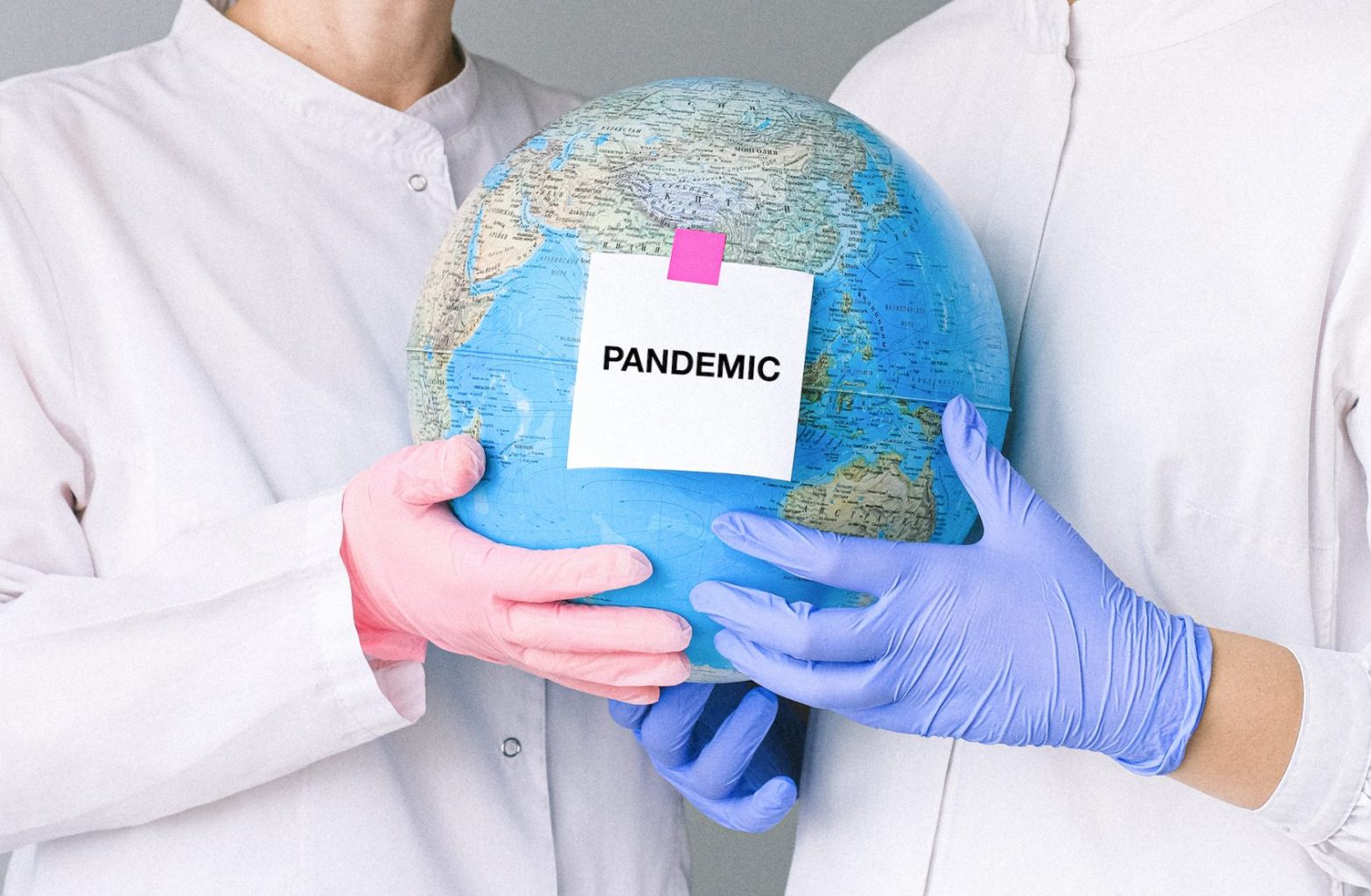A lot has changed since I first started monitoring the Coronavirus pandemic on our website.
Countries like Italy and Spain that initially had big spikes in deaths eventually drove those numbers down and now show no or very few deaths per day. This applies to most of Europe and people are starting to go out again. From my conversations with friends and colleagues who are based in Europe, it’s evident that there is a concern for the virus, but much of life has returned to normal for many.
However, in countries like the United States, Brazil, and Mexico, it’s a different story. Things are bad and getting worse fast.
Much of South America, for example, shows increasing COVID-19 related deaths, week-over-week. Brazil has the highest rate in the world right now, with over 1,000 deaths per day. The United States, once at over 2,000 deaths per day, dropped down to just above 500, but is now showing an increase, nearing 1,000, and Mexico currently shows more than 500 new deaths per day.
In the United States, COVID-19 death rates are higher than this time a month ago.
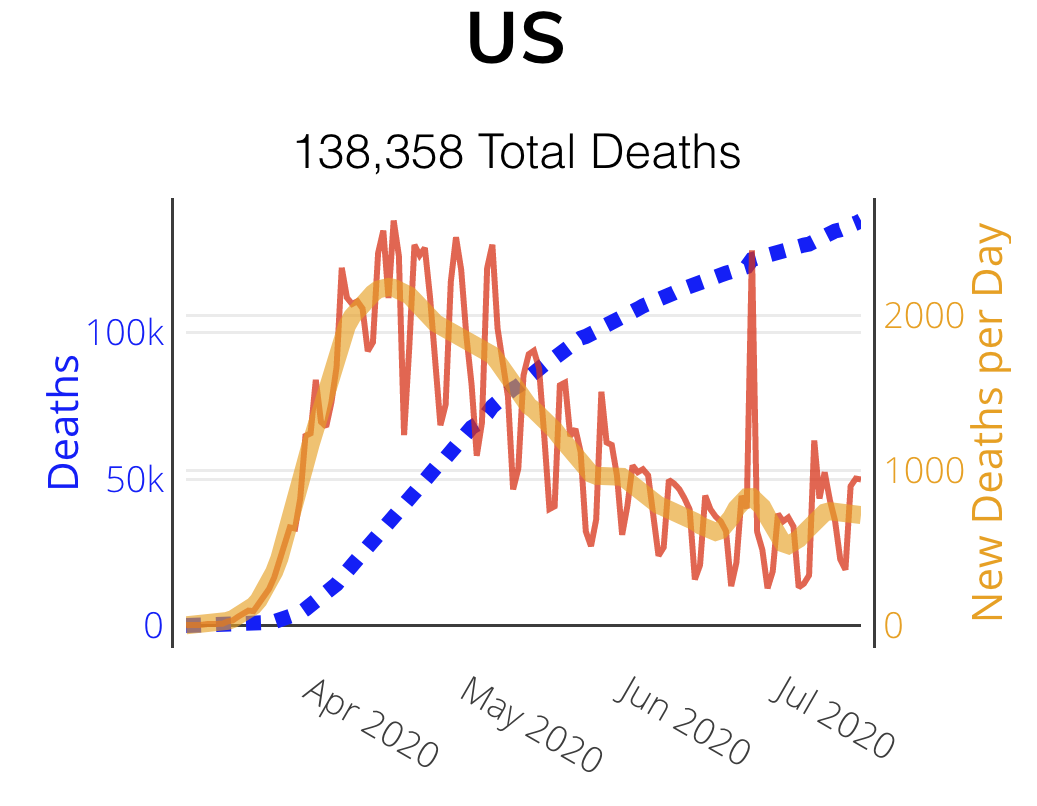
Understanding our Data Focus
It’s important to understand why I’m still looking at death rates and not (positive test) cases when we have a lot more testing recently. I’m still focused on death rates because in my opinion, testing data is still driven by specific demographics and doesn’t represent an unbiased sample of world populations. For example, in many areas, tests are only readily available (read: free, or not cost-prohibitive) to those who are symptomatic.
This week I also heard a first-hand account of a person going to get tested only to reach the test facility to learn that it ran out of tests. Then, a few days later, this person received a positive test result. But no test was even administered! When they contacted the testing facility, they were told not to worry about it and that positive results garnered the lab ongoing funding. They refused to change the result.
However, relying on death counts to assess the damage caused by COVID-19 brings its own set of challenges, the largest one being attribution; we simply don’t know how each state, country, or region is attributing deaths to COVID-19. How are hospitals, for example, handling the attribution of sick individuals who may have died for unrelated reasons, but got COVID-19 and died from a combination of factors? We don’t have a standard set of guidelines here, making comparisons tricky – if not impossible.
Still, we’re doing the best we can with the data we have.
What our Data Shows
Here are the countries doing best and worst in terms of death rates. I recommend looking at the thick orange line — when it drops to zero (scale on the right side), new deaths per day go to zero. And that’s the goal.
Here are the charts for Italy and France, two countries that are currently doing much better in terms of death rates:
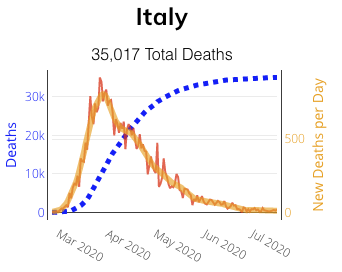
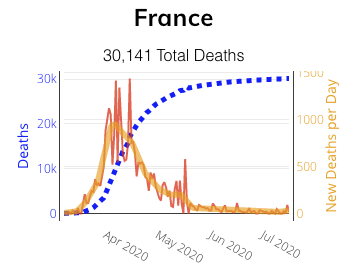
And here are some of the countries in the Americas where death rates are currently very high:

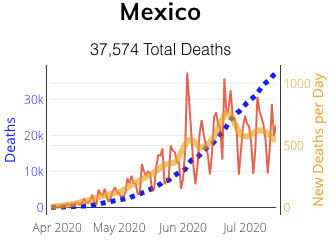
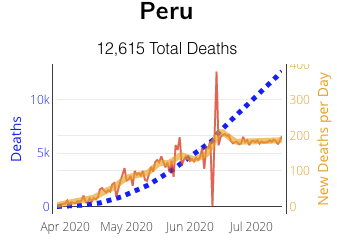
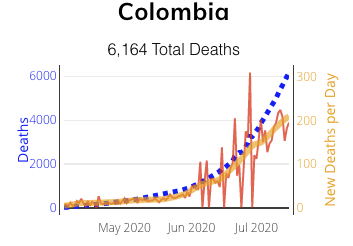
See updated charts here: https://bennettdatascience.com/covid-19/
My hope is that this orange line starts to dive down to zero for every country worldwide. Before that happens, and as case numbers continue to increase, we will be reporting more often on the dire conditions in The Americas and around the world.
How are things where you are?
Be well,
-Zank
Of Interest
Want To Master Your Music In Two-Clicks? Check Out Matchering 2.0
Music mastering came to open source. Looks like it’s serious now. The Matchering 2.0 open source web app allows you to make complete reference mastering of your track in two clicks. And all this can be done even without an Internet connection. Read about how it works it here:
https://ask.audio/articles/want-to-master-your-music-in-twoclicks-check-out-matchering-20
Fashion-Gen: The Generative Fashion Dataset and Challenge
Machine learning has recently been employed in many applications pertaining to the fashion industry. The availability of large-scale datasets advanced recent progress in applying deep learning to fashion tasks. However, there are still many aspects of the industry that computer vision methods have not been applied to. In this paper the authors explore the task of assisting fashion designers to share their ideas with others by translating verbal descriptions to images. Giving a description of a particular item, they thus generate images of clothes and accessories matching the description:
https://www.groundai.com/project/fashion-gen-the-generative-fashion-dataset-and-challenge/1
This Viral Japanese Fashion Model Isn’t Human?
Meet Imma, an up and coming fashion model who has been going viral on social media platforms like Instagram and Twitter. With her iconic bubblegum pink bob, Tokyo street fashion, impeccable skin, and slim physique, she looks like a true ‘Instagram model’. What may be shocking to discover, however, is that Imma actually isn’t real!
https://nomakenolife.com/news/virtual-japanese-fashion-model
